From crisis response to supporting high quality health systems: the development of WHO’s Country Connector
World Health Organization’s David Clarke explains how investing in governance capabilities contributes to improving health systems performance and long-term overall health system resilience.
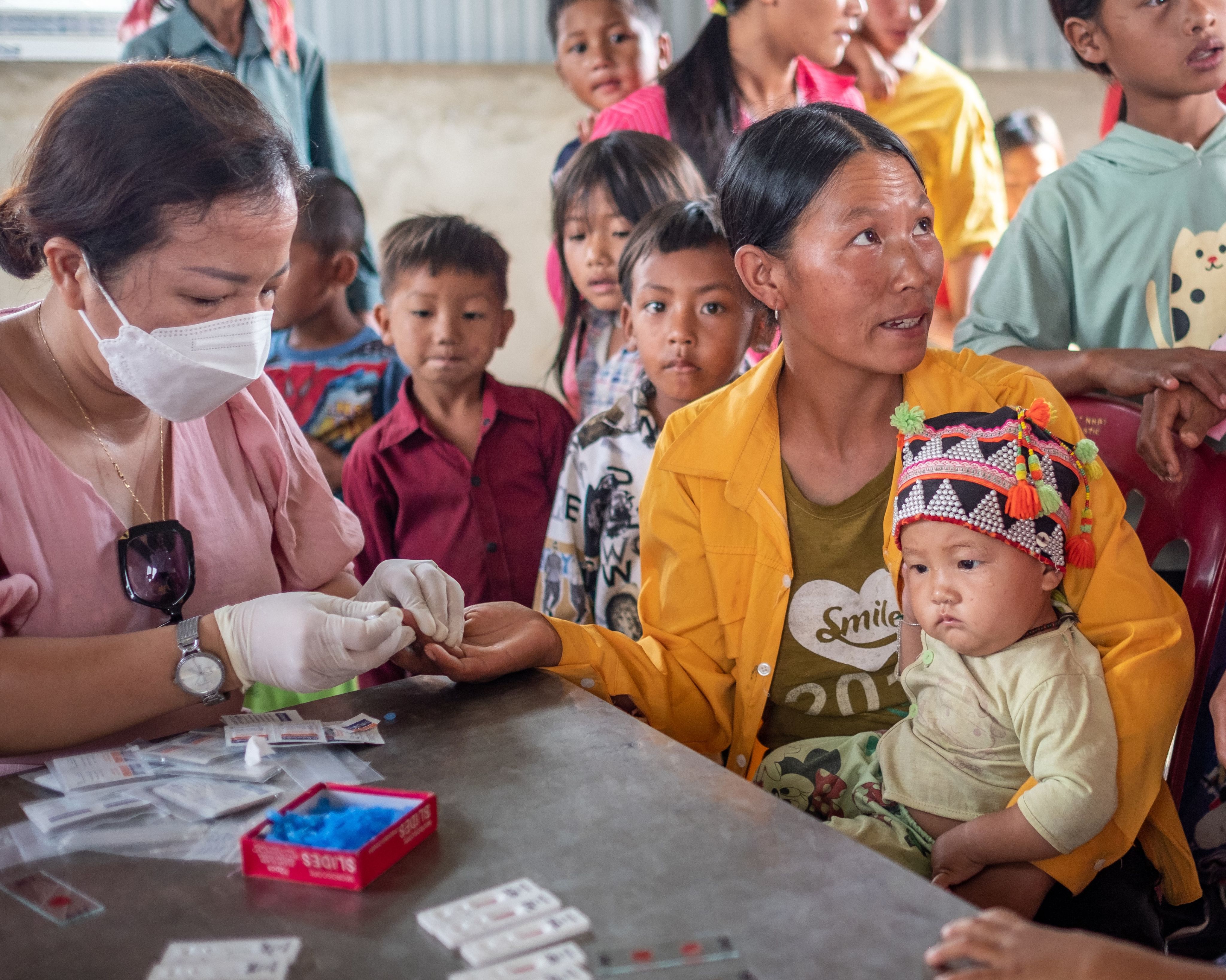
In December 2021, the World Health Organization (WHO) launched the Country Connector on Private Sector and Health, a platform initially designed to assist in making informed decisions about the private sector and access to health, while providing a foundation for strategic actions in response to the COVID-19 pandemic.
Historically, there has been much said about problems, but not enough about solutions when it comes to working with the private sector in health, explained David Clarke, acting unit head of the health systems governance team at WHO. “We've taken a fresh approach and tried to look at what we can do to provide countries with practical advice on how to work with the private sector to solve health systems problems and improve health care, with a focus on supporting countries' needs within their unique contexts,” he said.
More recently, the platform’s purpose has moved beyond its initial COVID focus into a long-term vision of enhancing overall health system performance and resilience. It incorporates curated guidance documents, working groups, a tool repository, training, a helpdesk, research, and reports on implementing solutions.
Speaking to Devex, Clark said that the platform’s focus is to provide countries with concrete tools and guidance. "We're trying to move away from frameworks. What we are interested in is the everyday practice of health governance in countries,” he noted.
In an interview with Devex, Clarke expands on the progress made by the Country Connector since its inception; including the development of a new progression pathway tool for the governance of mixed health systems, policy tools for maternal and child health, and efforts to spotlight impactful grassroots projects that often go unnoticed.
This conversation has been edited for length and clarity.

How has the Country Connector on Private Sector in Health developed since its launch in 2021?
Originally, the Country Connector was created in response to the COVID-19 pandemic, with a focus on assisting countries in obtaining and distributing essential medicines and supplies and implementing public health measures to protect people from COVID. Equally important was our work to try and support governments to sustain essential health services, especially those related to maternal and child health, as the pandemic had disrupted these services globally.
As COVID became less emergent, we recognized an ongoing need for the platform and expanded its focus to a more comprehensive range of health topics like sexual reproductive health and non-communicable diseases. The idea behind the platform is to provide a space for dialogue and discussion, offering practical support to countries in their collaboration with the private sector across various health-related domains.
At present, we are in the final stages of developing a progression model. This model will outline key domains, derived from a WHO strategy report in 2020, where countries should focus on better governing the private sector and outlines the progression path for building governance capacity over time. We're super excited about it because sometimes in our field, we get stuck in conceptual discussions and end up with frameworks that aren't all that practical. We're trying to move away from frameworks. What we are interested in is the everyday practice of governance and countries.
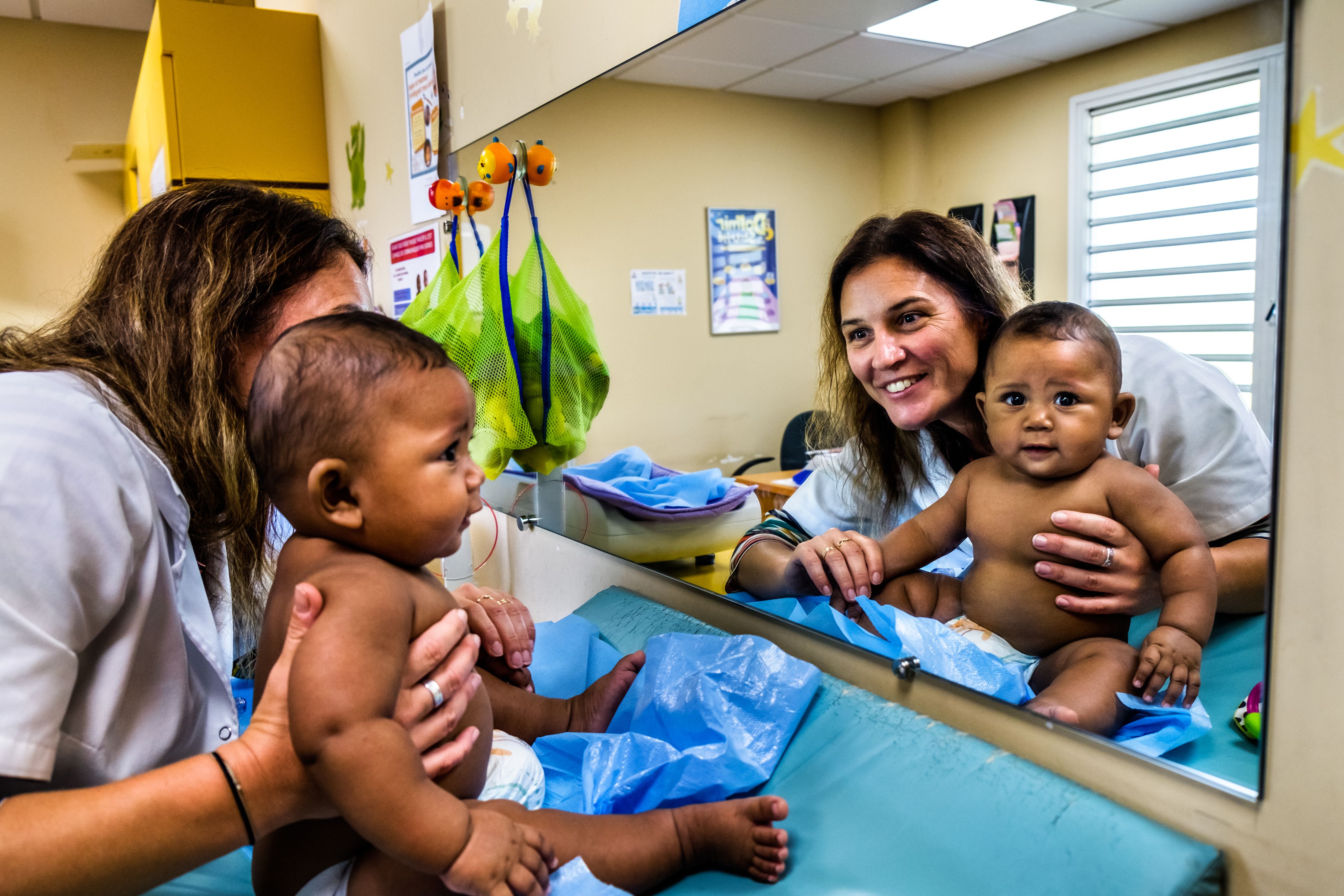
A baby girl is given a checkup at a health clinic in Noumea, New Caledonia. Photo: WHO
A baby girl is given a checkup at a health clinic in Noumea, New Caledonia. Photo: WHO
The Country Connector includes a working group on maternal health. What progress has this working group made in improving the quality of care and enhancing access to essential health services?
The maternal health working group started before the Country Connector, with various WHO colleagues engaged in this area for quite some time. Since the working group became part of the Country Connector, we've been collaborating on developing tools — including a policy tool for maternal and child health, which looks at the different aspects of working with the private sector.

Precious, 10, is treated for malaria and symptoms of what appears to be yellow fever at the central hospital in Owa-Alero, Delta State, Nigeria. Photo: WHO
In the past year, we published case studies highlighting how the private sector contributes to improving maternal and child health, intended to provide lessons for other countries. These case studies are accessible on the Country Connector website. We are also trying to amplify country stories, focusing not only on research from high-income countries or academic institutions but also on grassroots projects and country stories.
For example, recently, we hosted a webinar with colleagues from Kenya, representing an organization called Jacaranda Health. They shared insights into a noteworthy project in underserved areas of Kenya that employs digital technology to enhance access to maternal and child health services for women living in Nairobi’s slums. This is precisely the kind of initiative we aim to learn from and amplify.
We also highlighted a woman-led health services initiative from Pakistan during COVID, where a group of women doctors established a digital health platform to facilitate female colleagues in their work and to enhance women's access to personal and child health services.

Precious, 10, is treated for malaria and symptoms of what appears to be yellow fever at the central hospital in Owa-Alero, Delta State, Nigeria. Photo: WHO
Precious, 10, is treated for malaria and symptoms of what appears to be yellow fever at the central hospital in Owa-Alero, Delta State, Nigeria. Photo: WHO
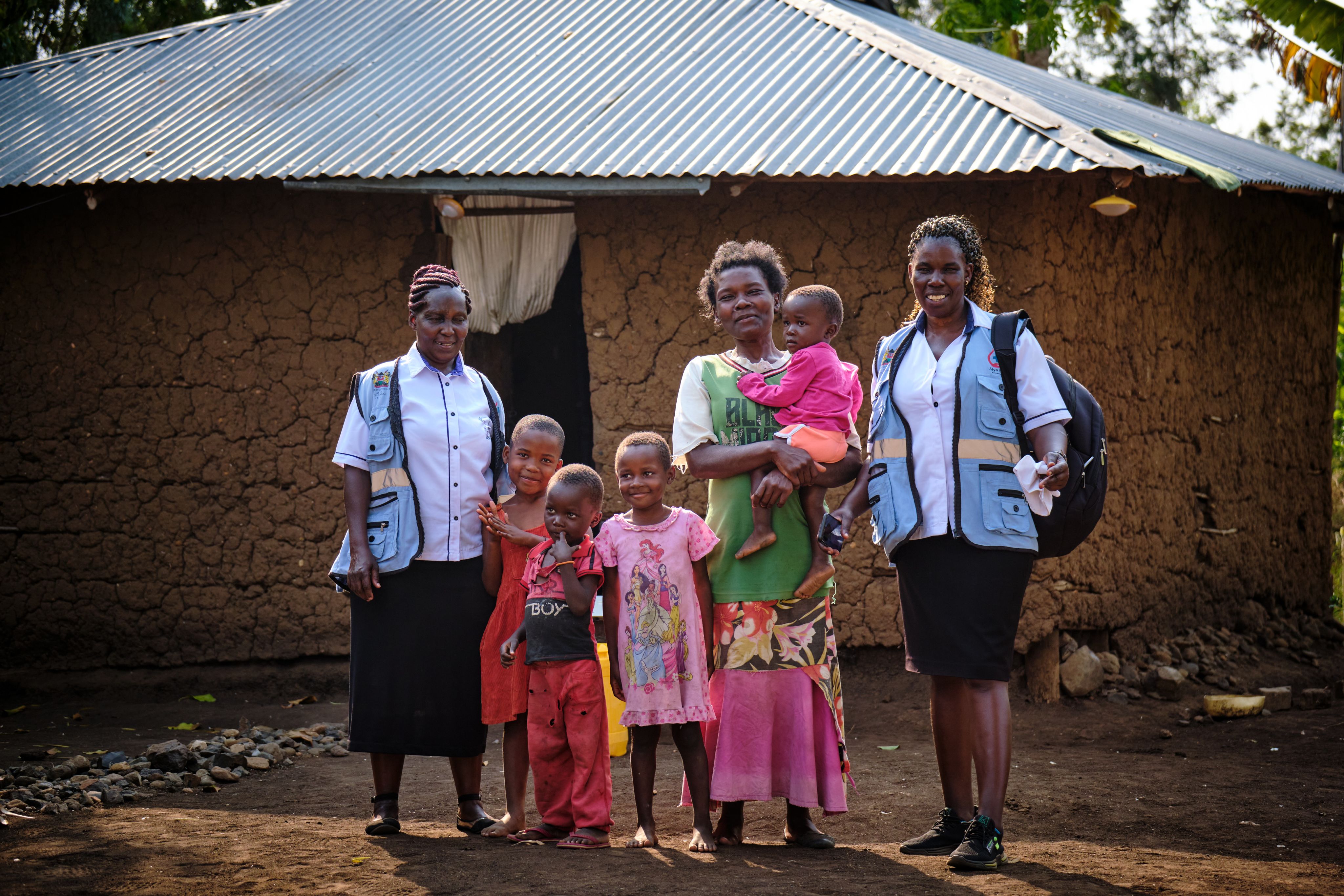
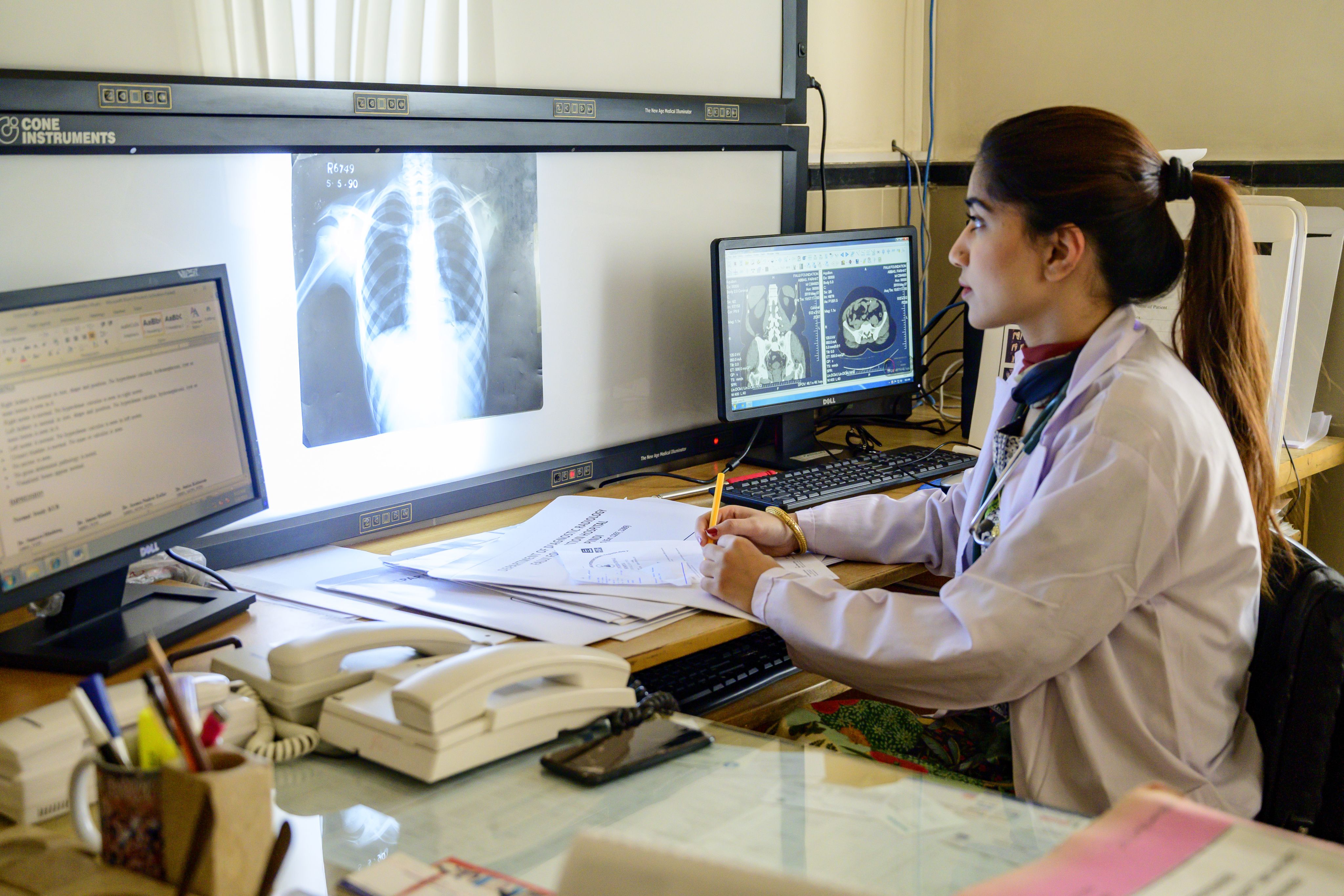
How can donors contribute to strengthening governance capabilities within the health system?
It would be valuable for donors to allocate funding specifically for countries to enhance their governance capabilities within the health system. Without robust governance arrangements in place, resources can get wasted and desired health outcomes aren’t achieved.
Historically, a persistent challenge has been clearly defining and illustrating what health system governance entails and its practical implications - I think a lot of donors perceive health system governance as ethereal. One of our missions has been to explain what it is and why it’s essential.
And at the end of the day, our work is about strengthening the capacity of governments to run their own health systems. We want to help countries take charge and make and implement their own decisions about the health services they want based on population need, putting people at the center of decision making.

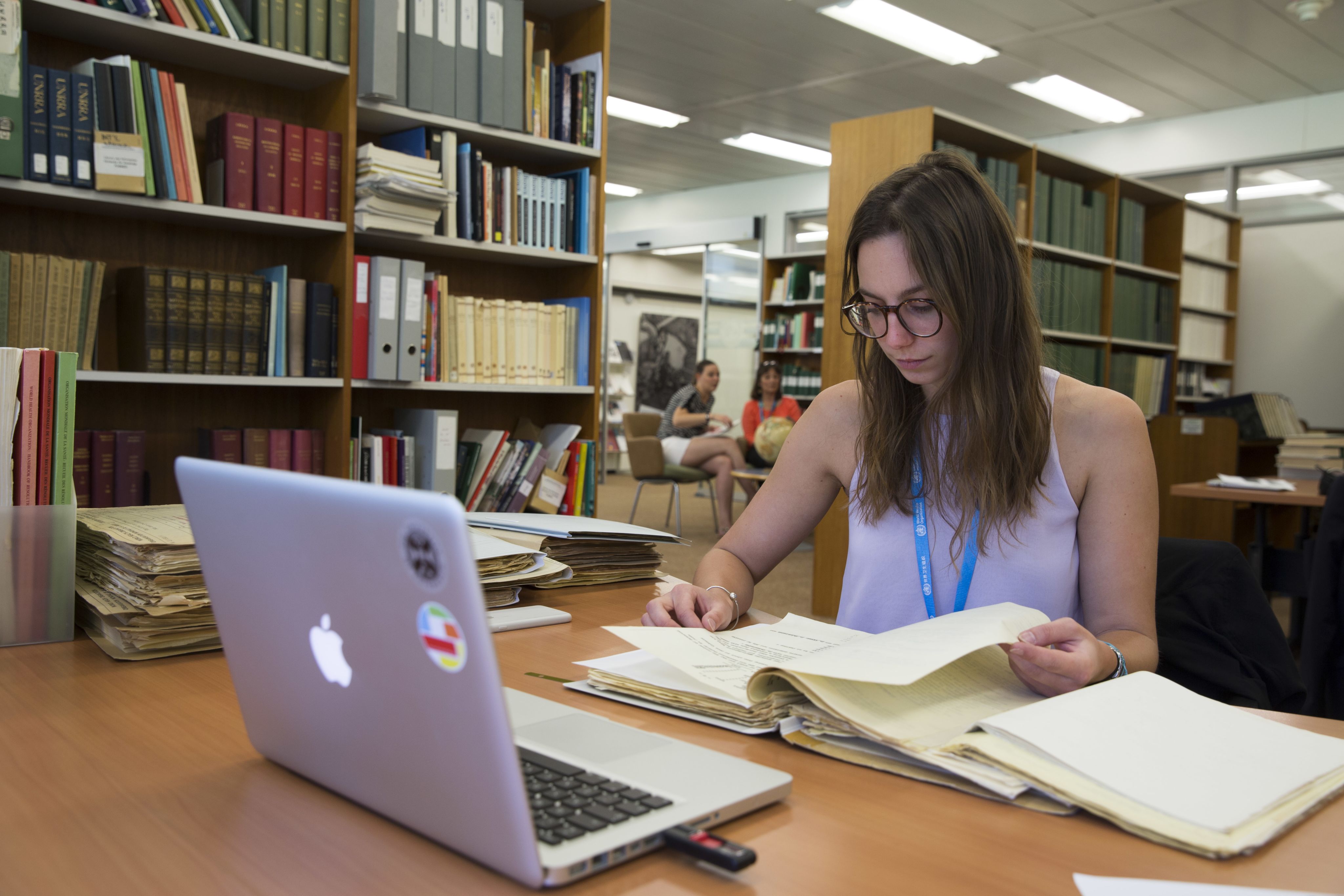
How is the initiative addressing the long-term sustainability of reforms and health gains?
It's fundamentally about addressing the historical underinvestment in governance. Since the 1980s, some governments divested from directly providing health services, but not necessarily building the capacity to govern the private sector which is critical when over half the health services worldwide are offered by private providers.
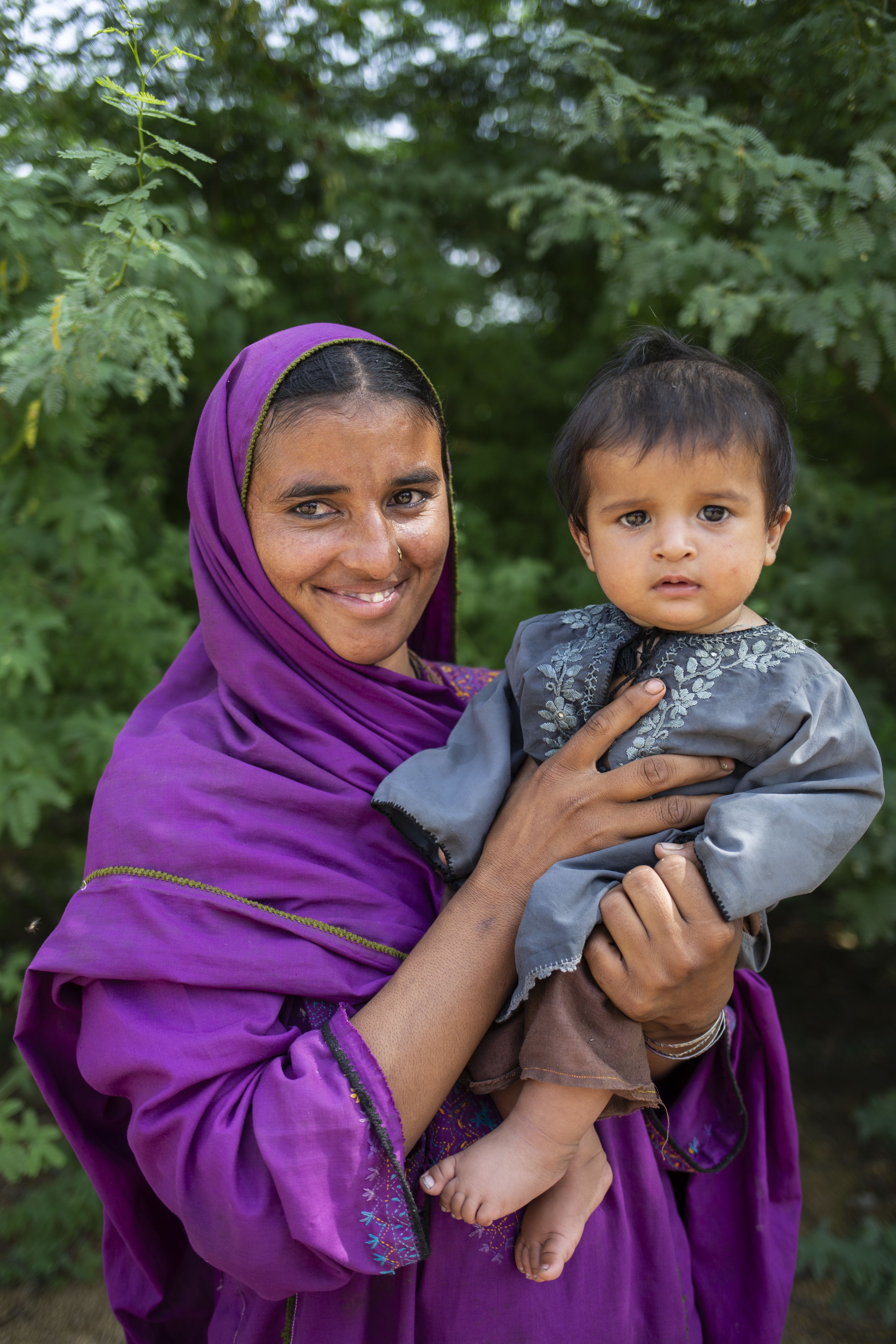
Umaida holds with her 6-month-old son Muhammad, who has tested positive for malaria. The 2022 floods resulted in the worst malaria outbreak in Pakistan since 1973. Photo: WHO
Looking back to the World Health Report 2000, WHO introduced the concept of health systems stewardship, emphasizing that governments have a responsibility to ensure that both public and private aspects of the health system operate effectively and in a way that is centered on people's needs. Over time, we seem to have deviated from this guiding principle.
If we’re going to make progress towards the Sustainable Development Goals (SDG) and targets, where we are way off target, we need the involvement of the private sector because there aren’t enough resources in the public sector. But we can't just bring the private sector in without governance arrangements to steer them toward public health goals. The private sector's primary objective is often profit, not public health goals. So, it’s the government's role to establish the necessary frameworks to ensure both public and private providers deliver on equity, quality, and access to healthcare.

Umaida holds with her 6-month-old son Muhammad, who has tested positive for malaria. The 2022 floods resulted in the worst malaria outbreak in Pakistan since 1973. Photo: WHO
Umaida holds with her 6-month-old son Muhammad, who has tested positive for malaria. The 2022 floods resulted in the worst malaria outbreak in Pakistan since 1973. Photo: WHO
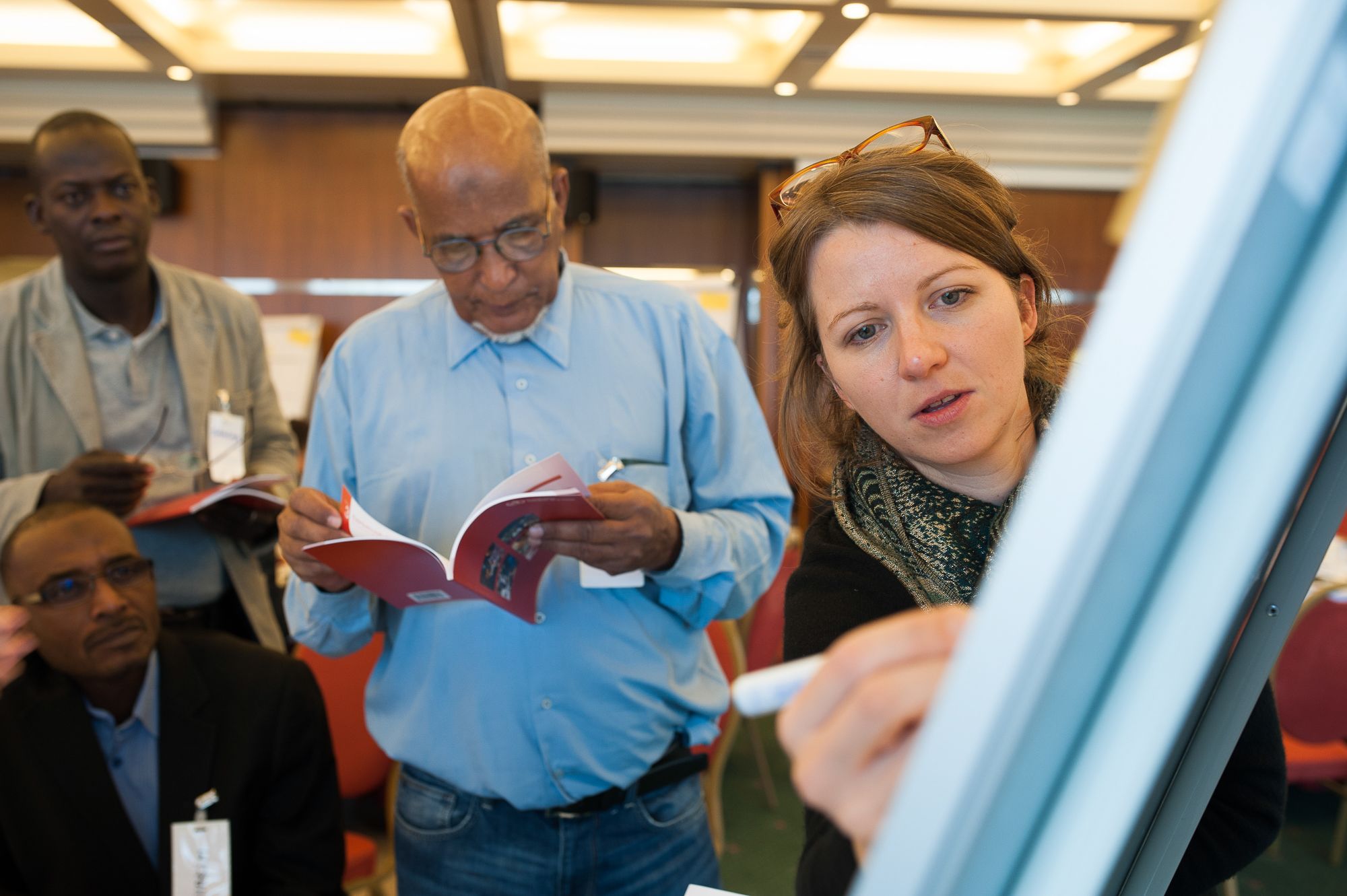
WHO staff take part in a training session. Photo: WHO
WHO staff take part in a training session. Photo: WHO
What are the upcoming priorities for the Country Connector on Private Sector and Health in the next year?
A big focus in the coming year will be on a project aimed at improving data in the private health sector. Data has been a massive problem, particularly in understanding the activities and landscape of the private sector. Over time, we've struggled not only to comprehend what the private sector is doing and how it operates, but also to ensure interoperability between the public and private sectors.
Addressing the longstanding challenge of data interoperability between the public and private sectors is important for ensuring seamless patient pathways, particularly in maternal and child health — where patient journeys involve transitions between different healthcare providers. Any disruption along this pathway can lead to severe consequences for women and their babies. We are super interested in looking at what we can do to improve data and data flows and ultimately deliver better health services for all.

A healthworker vaccinates a child at Al-Saydiyah Primary Health Care in Baghdad, Iraq. Photo: WHO
A healthworker vaccinates a child at Al-Saydiyah Primary Health Care in Baghdad, Iraq. Photo: WHO
SPONSORED BY MSD FOR MOTHERS
The Maternity Matters series is supported by funding from MSD, through its MSD for Mothers program, and are the sole responsibility of the authors. MSD for Mothers is an initiative of Merck & Co., Inc., Rahway, NJ, USA.
Join the conversation on finding private sector solutions to improve health service delivery for reproductive, maternal, newborn, child, and adolescent health.


